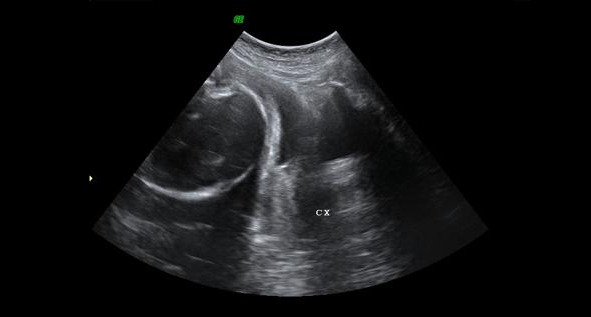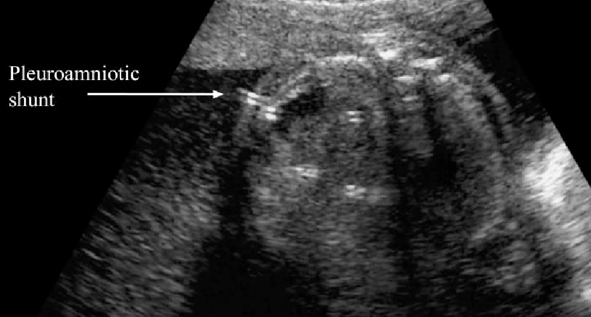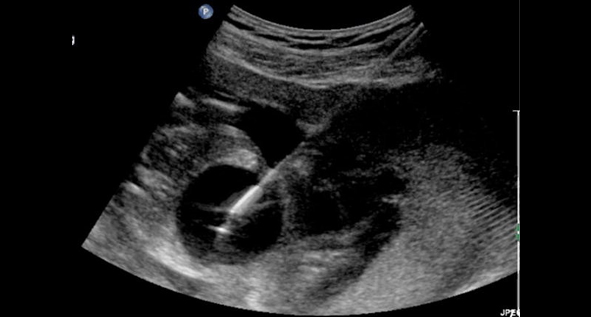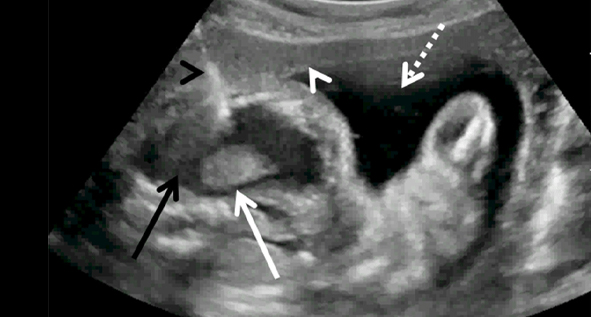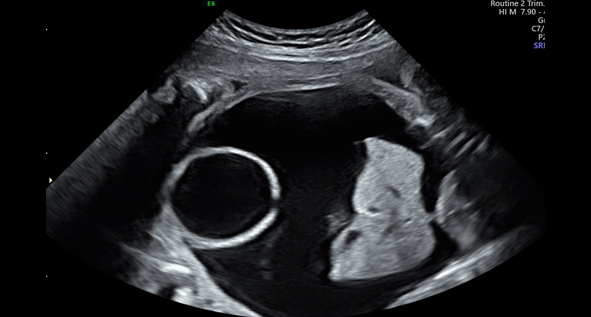Conditions Treated by Shunts
Fetal shunts are used to treat several conditions that disrupt normal fluid balance, including:
- Fetal Hydrothorax: Accumulation of fluid in the fetal chest, which can compress the lungs and affect their development.
- Fetal Ascites: Fluid accumulation in the fetal abdomen, which can lead to distention and pressure on vital organs.
- Bladder Outlet Obstruction: Blockage of the fetal urinary tract, leading to accumulation of urine in the bladder and potential kidney damage.
- Fetal Pleural Effusion: Excess fluid in the space surrounding the fetal lungs, which can impair lung development and function.
